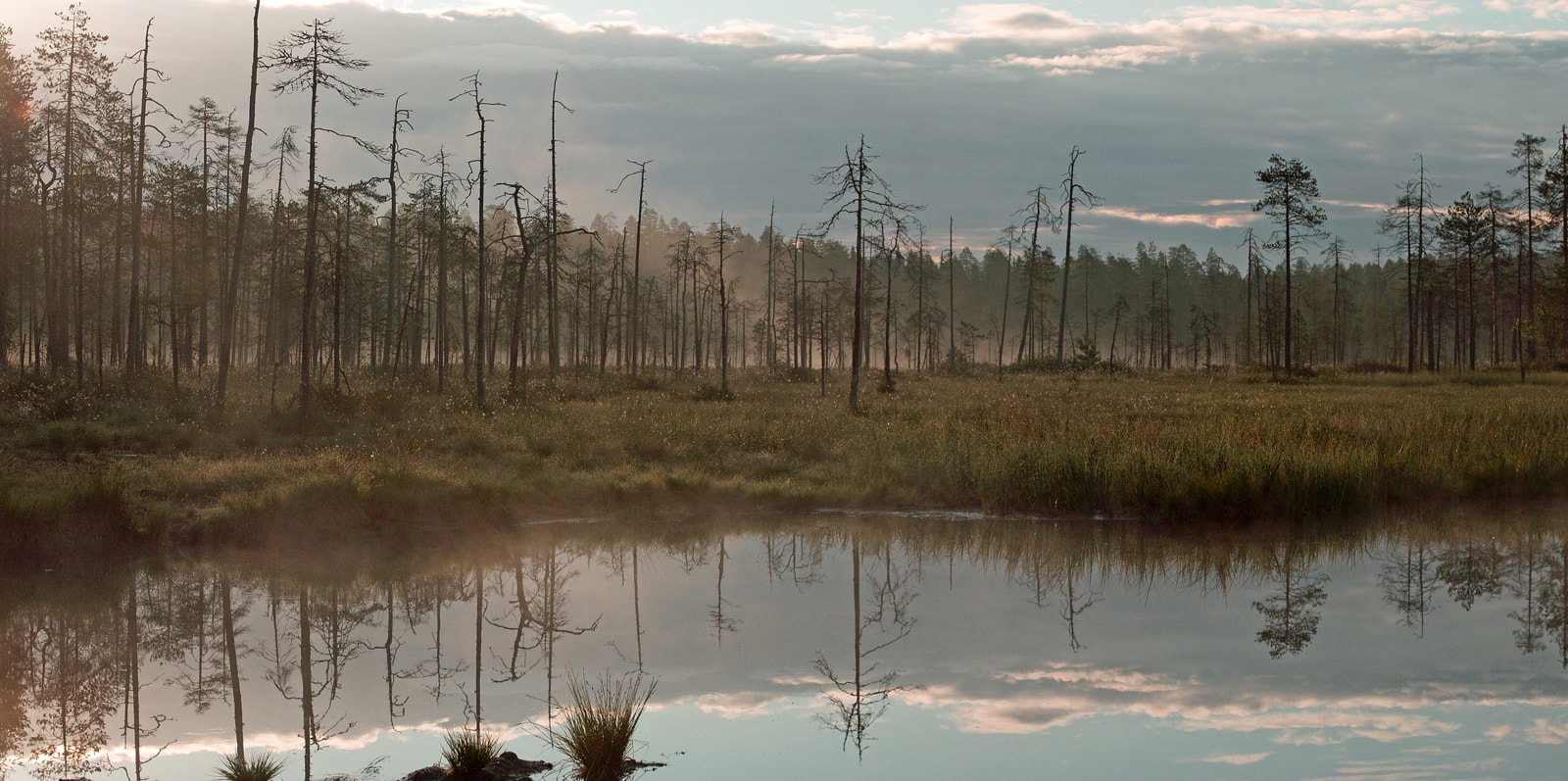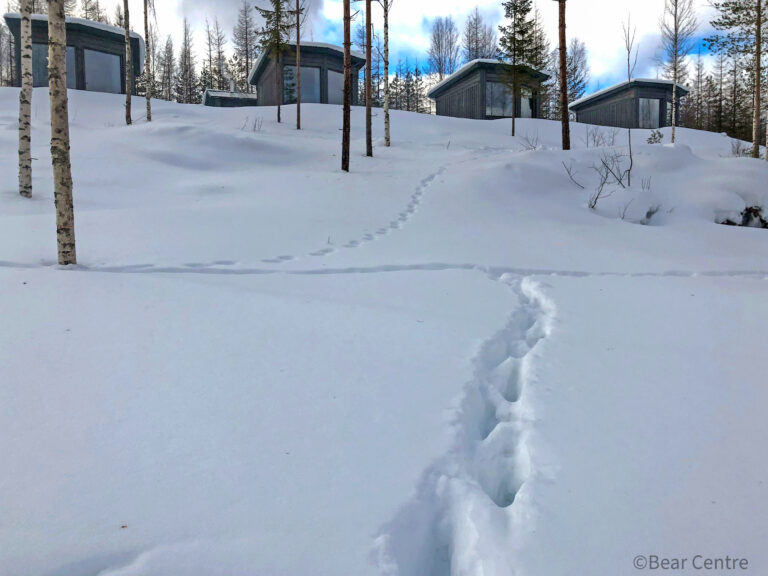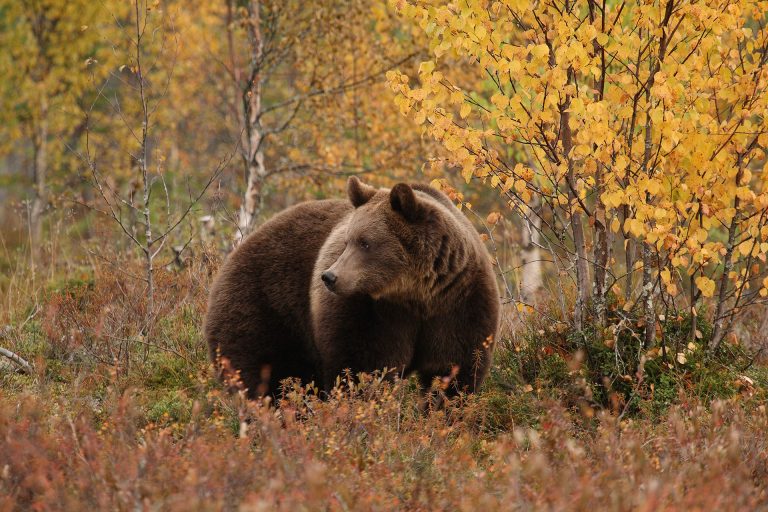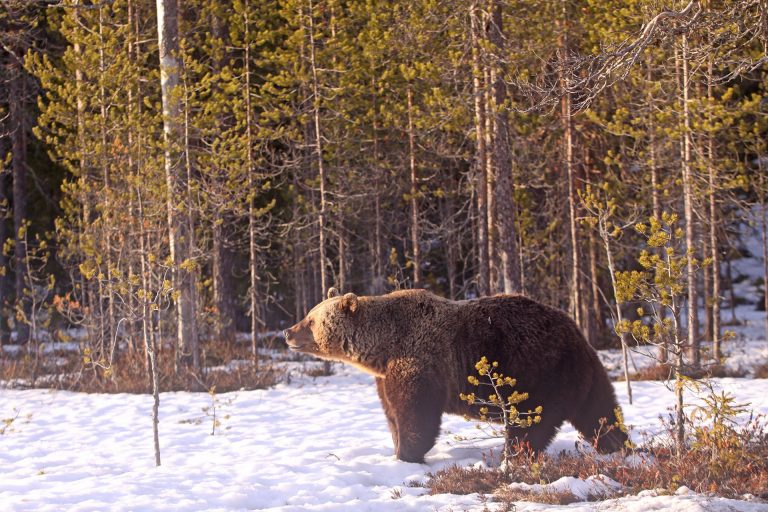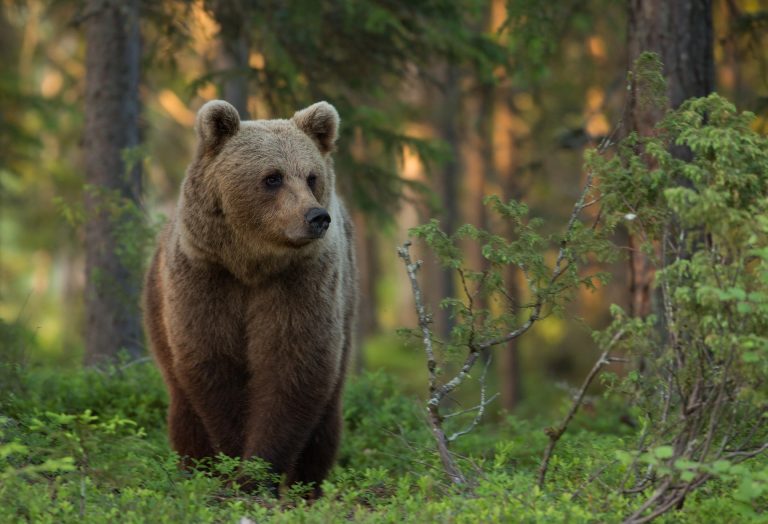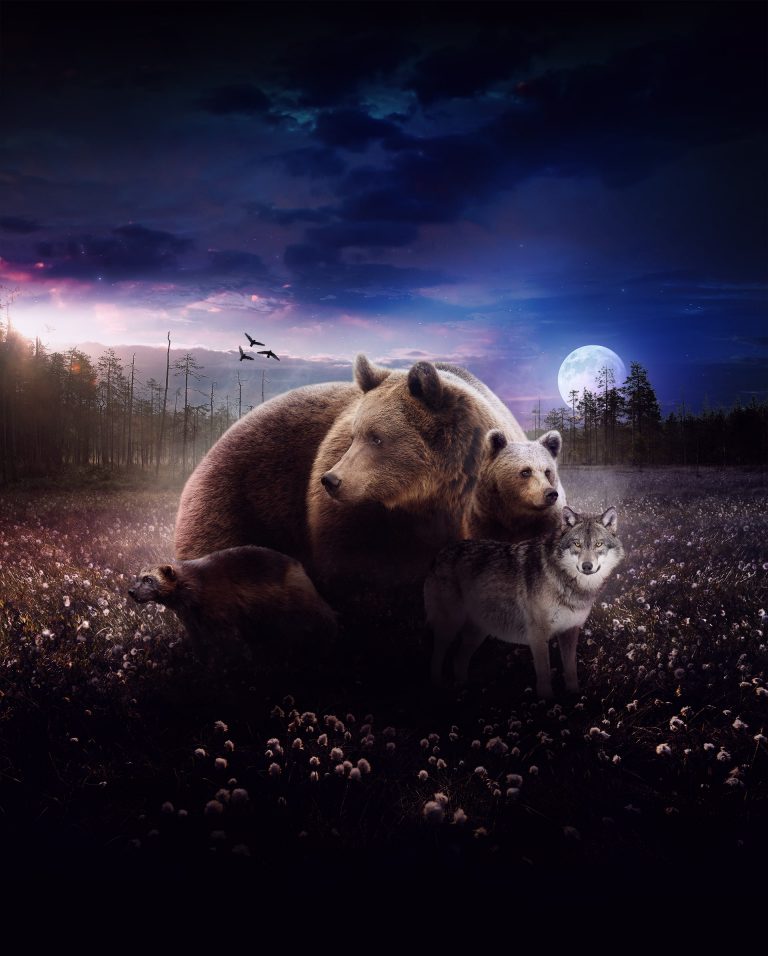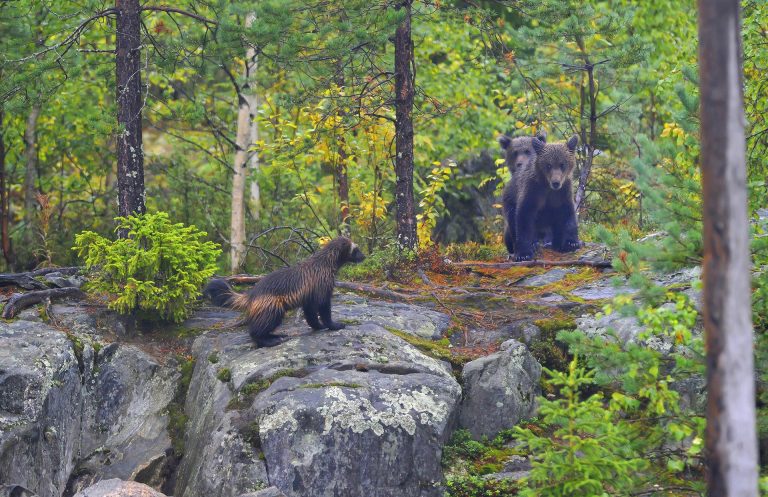Animal Tracks in Summer
By following tracks, you can learn a lot about the lifestyles of animals and get hooked on nature!
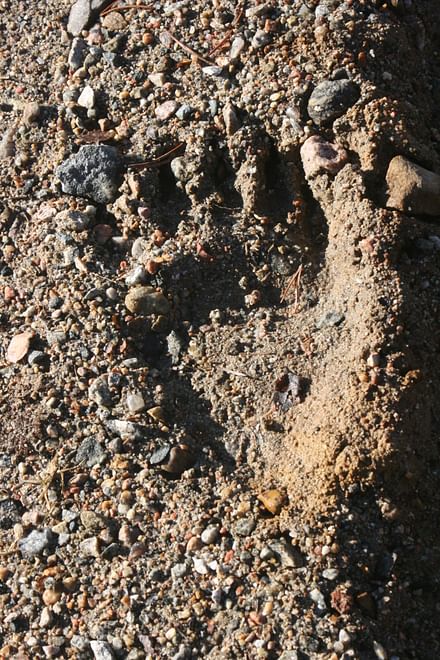
Price / person starting from
250 €
Available
1st May - 15th October
The content of the excursion
• Initial briefing information in the Auditorium
• We leave the Bear Center, by walking.
• We walk in various terrains and biotopes of the Taiga forest, in spruce, pine, birch forests and swamp areas.
• On this the excursion you have a possibility to see many different types of animal tracks.
Requirements
Recommended Clothing
Necessary clothing; equipment suitable for outdoor activities and moisture-resistant footwear.
The difficulty of the trip; requires reasonable fitness and health.
Note!
That there may be mosquitoes and other insects in the forest in summer.
You can use insecticides or a hat with an insect net on the trip.
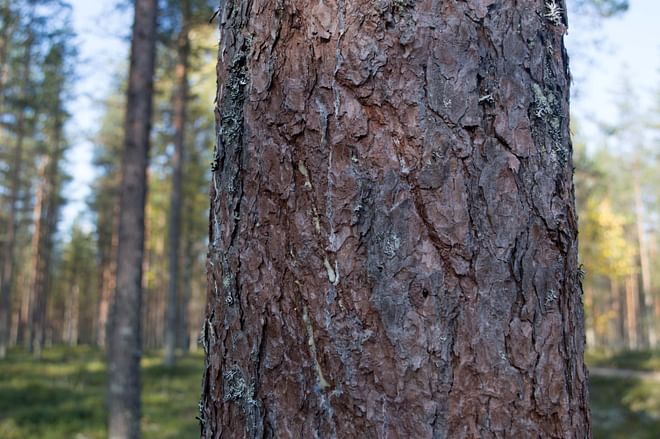
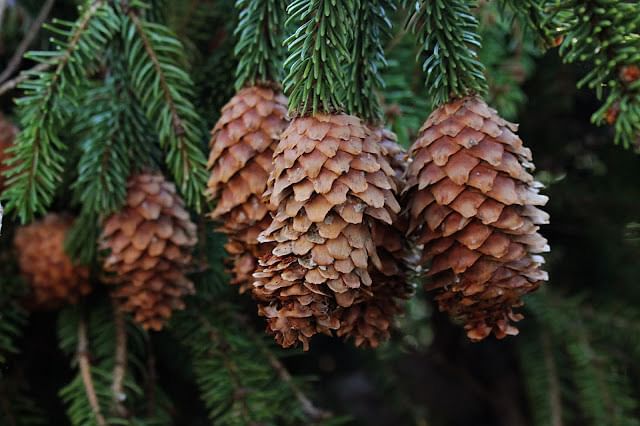
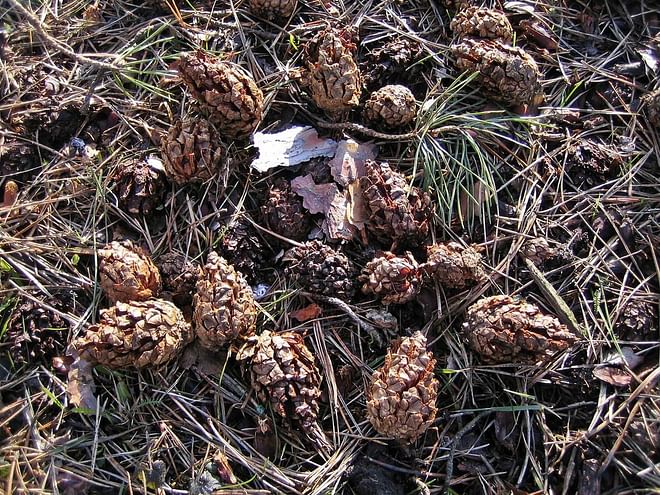
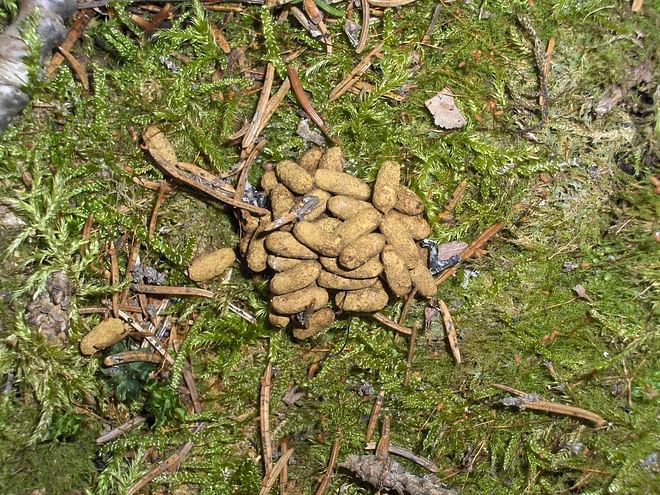
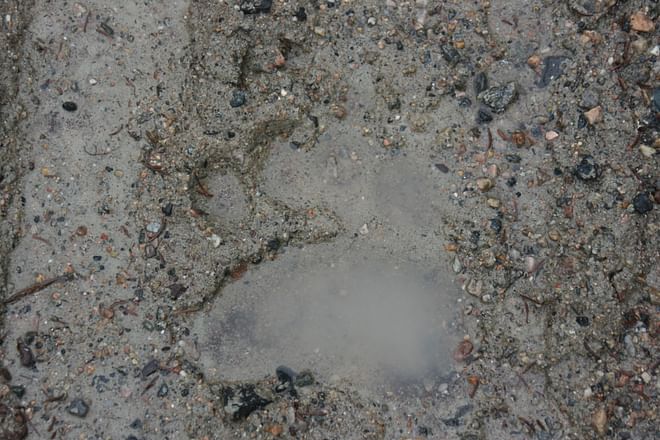

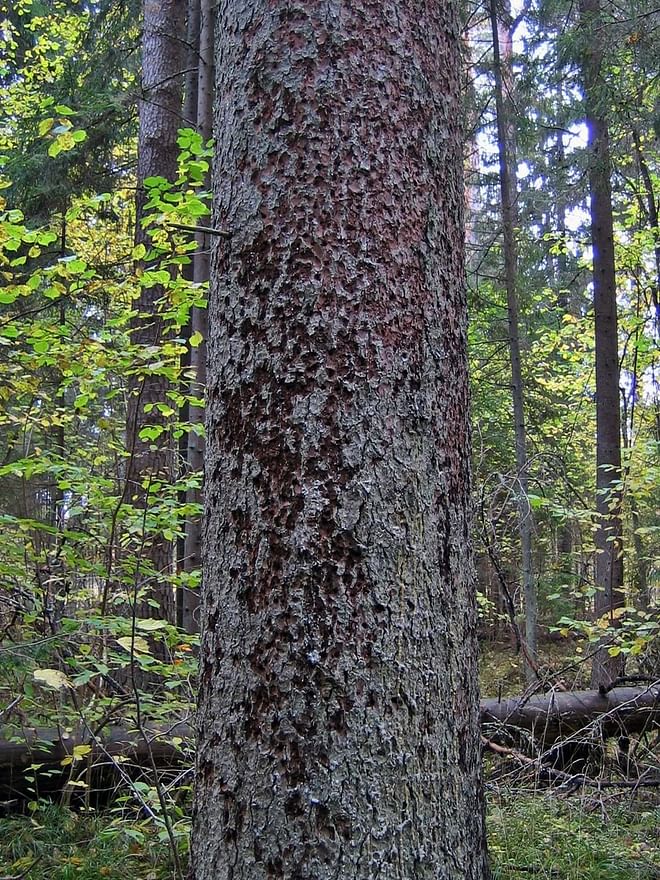
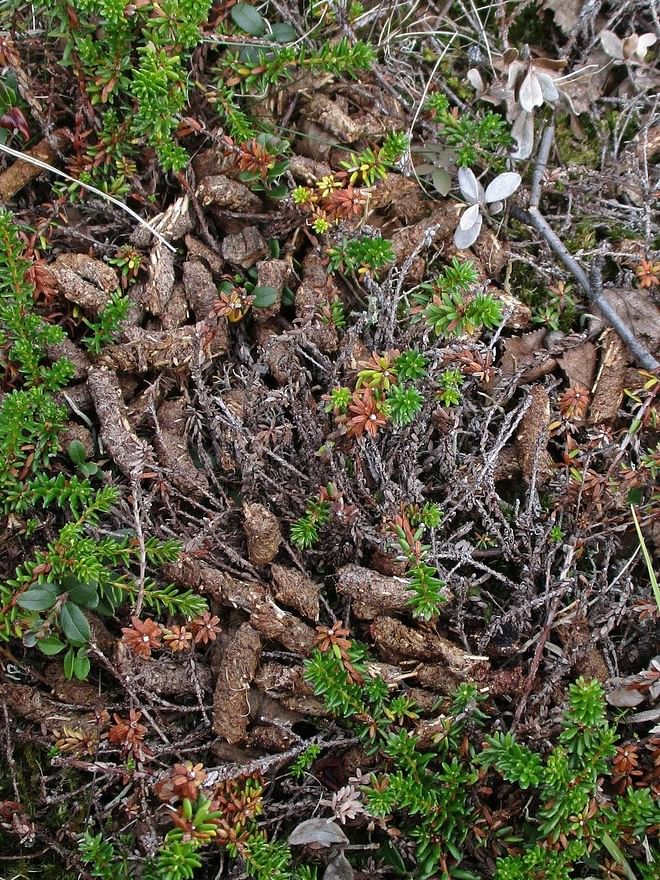
Agenda
Animal Tracks on the Snow
Welcome to the tracking excursion!
On this tour, we will explore different tracks and signs that we can see in nature. Specifically, we will examine the tracks left by animals and what we can learn from them.
Timetable
Group size 2-7 people
Duration 4-5 hours at 9am - 2pm
Guide Wilderness Guide
On the excursion, it is possible to see the tracks of the following mammals and birds;
Mammals: Wolf (Canis Lupus), Wolverine (Gulo Gulo), Red Fox (Vulpes Vulpes), Elk (Alces Alces), Forest Reindeer (Rangifer Tarandus Fennicus), European Pine Marten (Martes Martes), Artic Hare (Lepus Timidus), Stoat (Mustela erminea), Least Weasel (Mustela Nivalis), Red Squirrel (Sciurus vulgaris), Lynx (Lynx Lynx, very rare), Otter (Lutra Lutra, very rare), small rodent
Birds: Black Woodpecker (Dryocopus martius), Great spotted Woodpecker (Dendrocopos major), Black Grouse (Tetrao Tetrix), Hazel Grouse (Bonasa bonasia) , Willow Ptarmigan (Lagopus Lagopus), Capercaillie (Tetrao Urogallos), Crested Tit (Lophophanes cristatus), Willow Tit (Poecile montanus) , Raven (Corvus Corax), Siberian Jay (Perisoreus infaustus), Ordinary Jay (Garrulus glandarius), Parrot Crossbill (Loxia pytyopsittacus)
During Walk you can learn
By studying these tracks, we can learn a lot about animal behavior and their habitat.
This tour offers a great opportunity to explore the diversity of nature and learn about the animals that share our environment.
